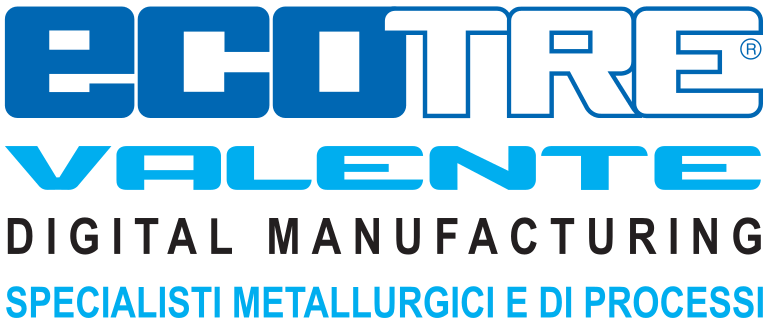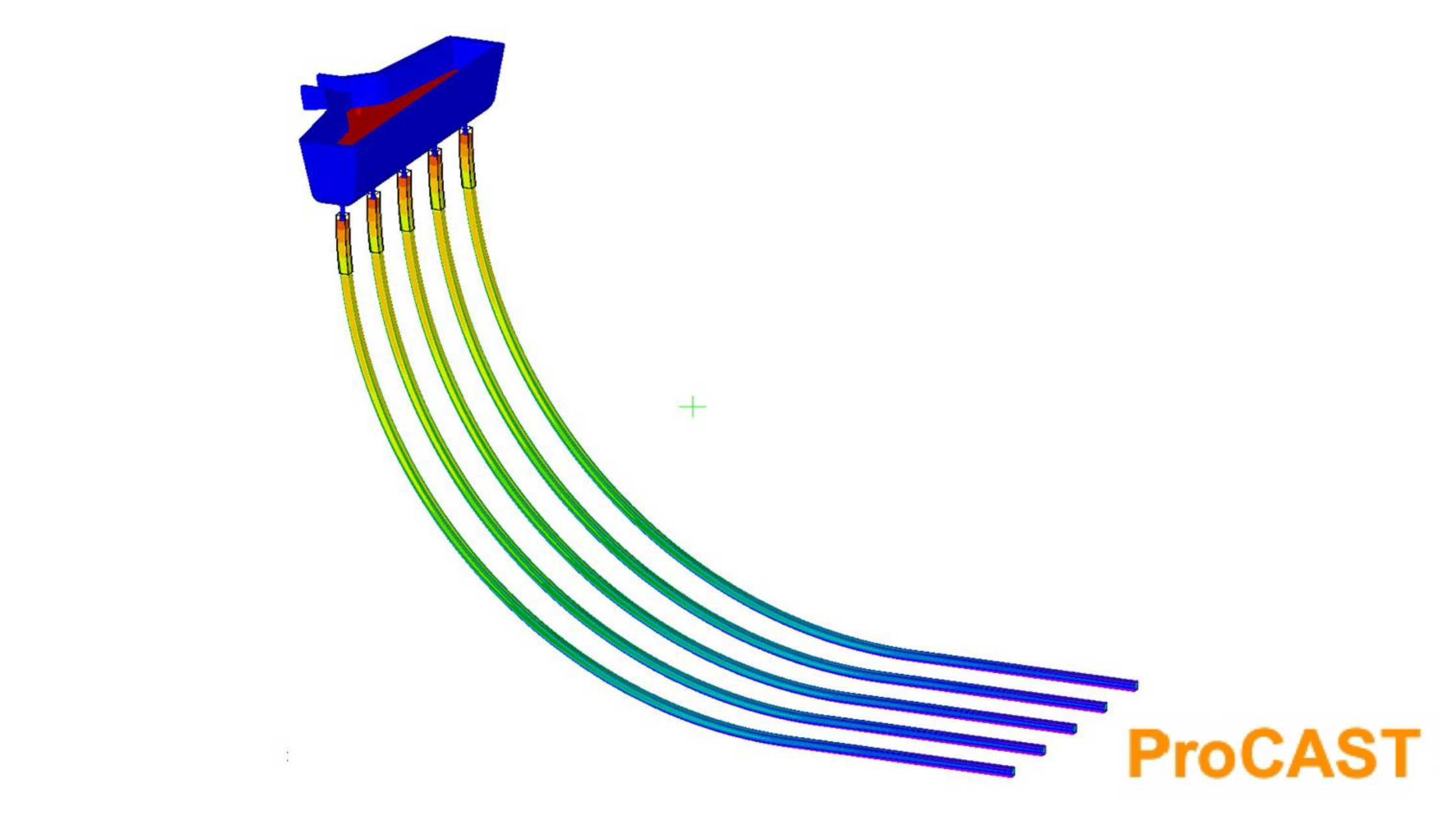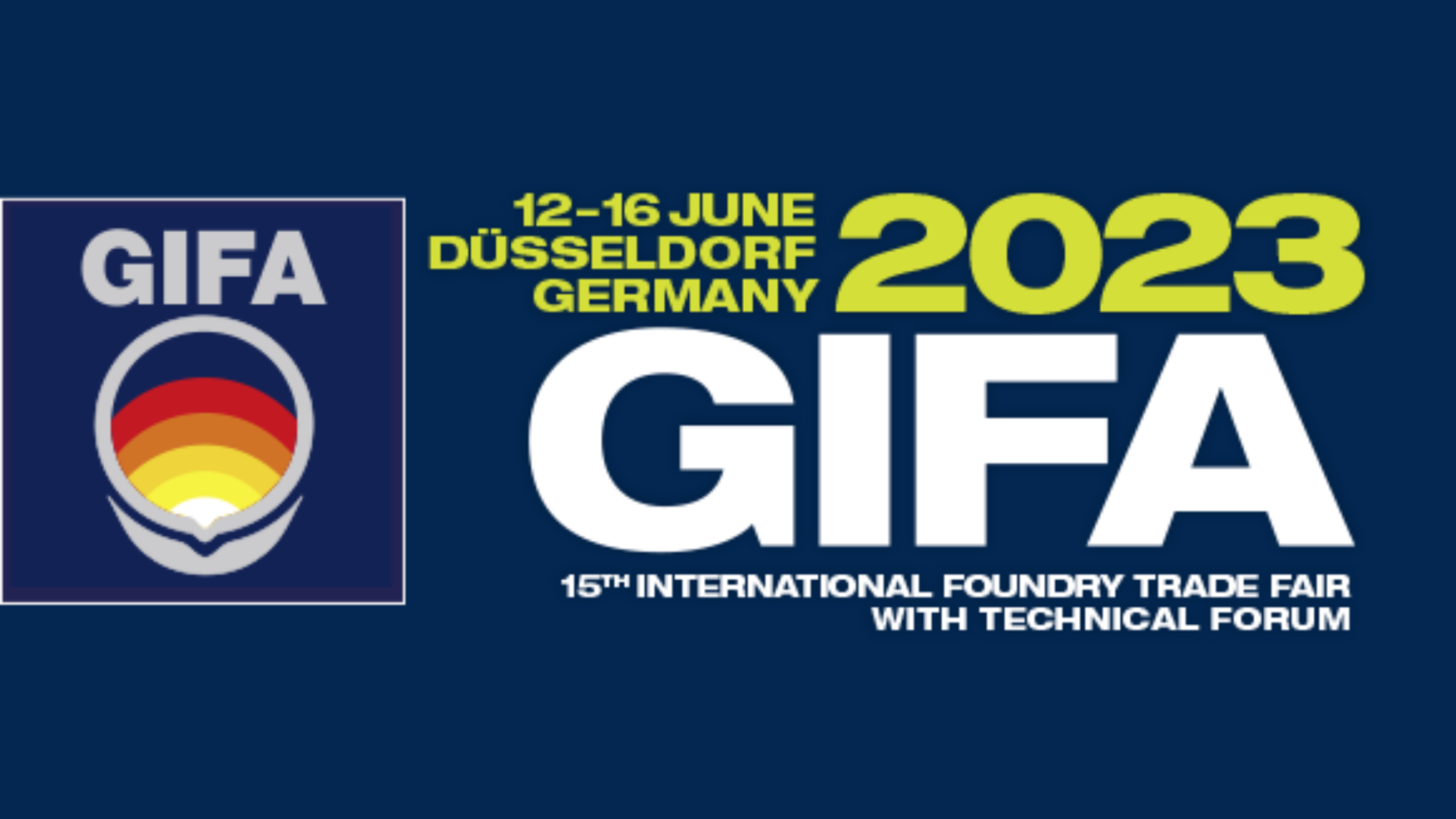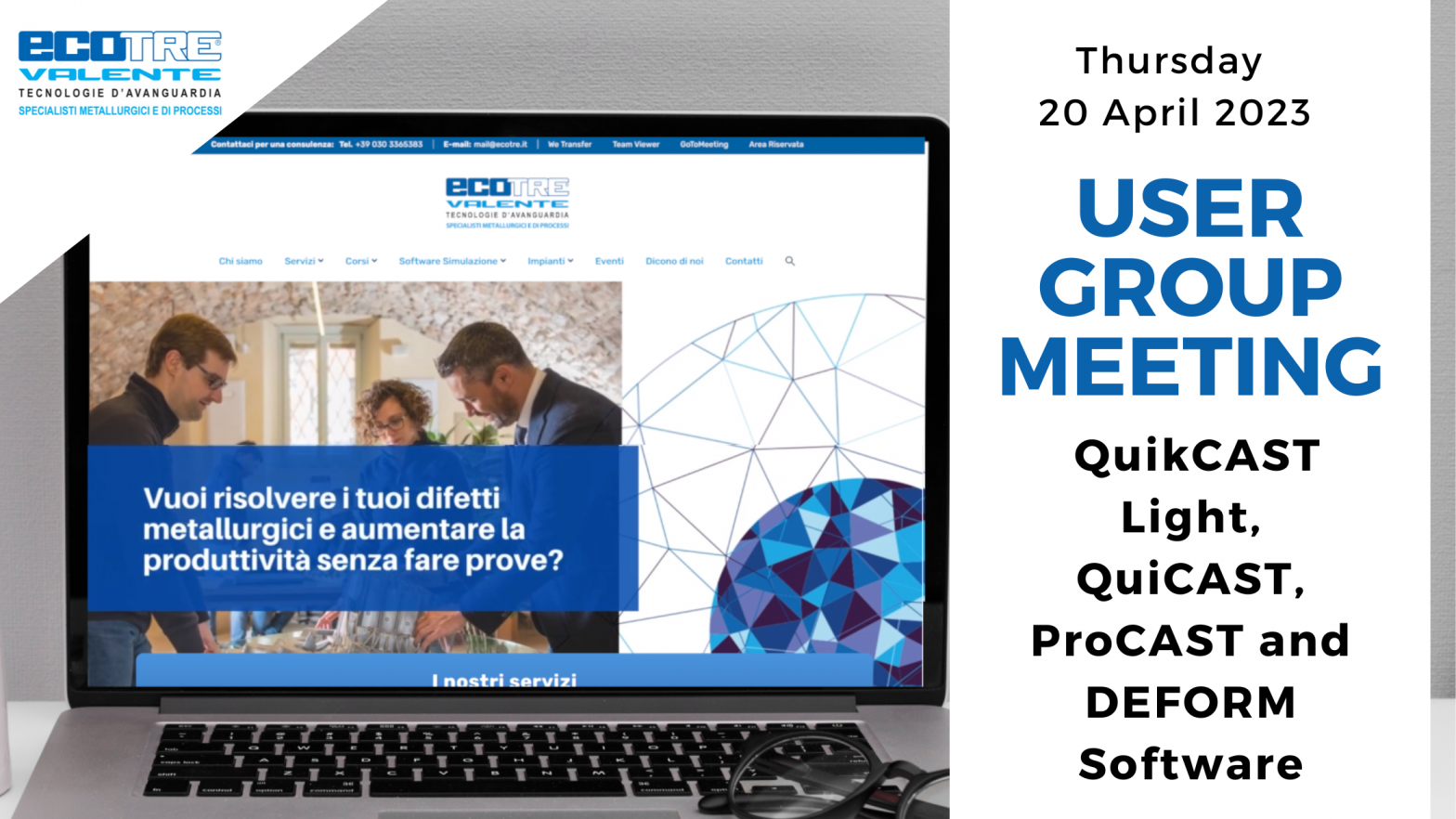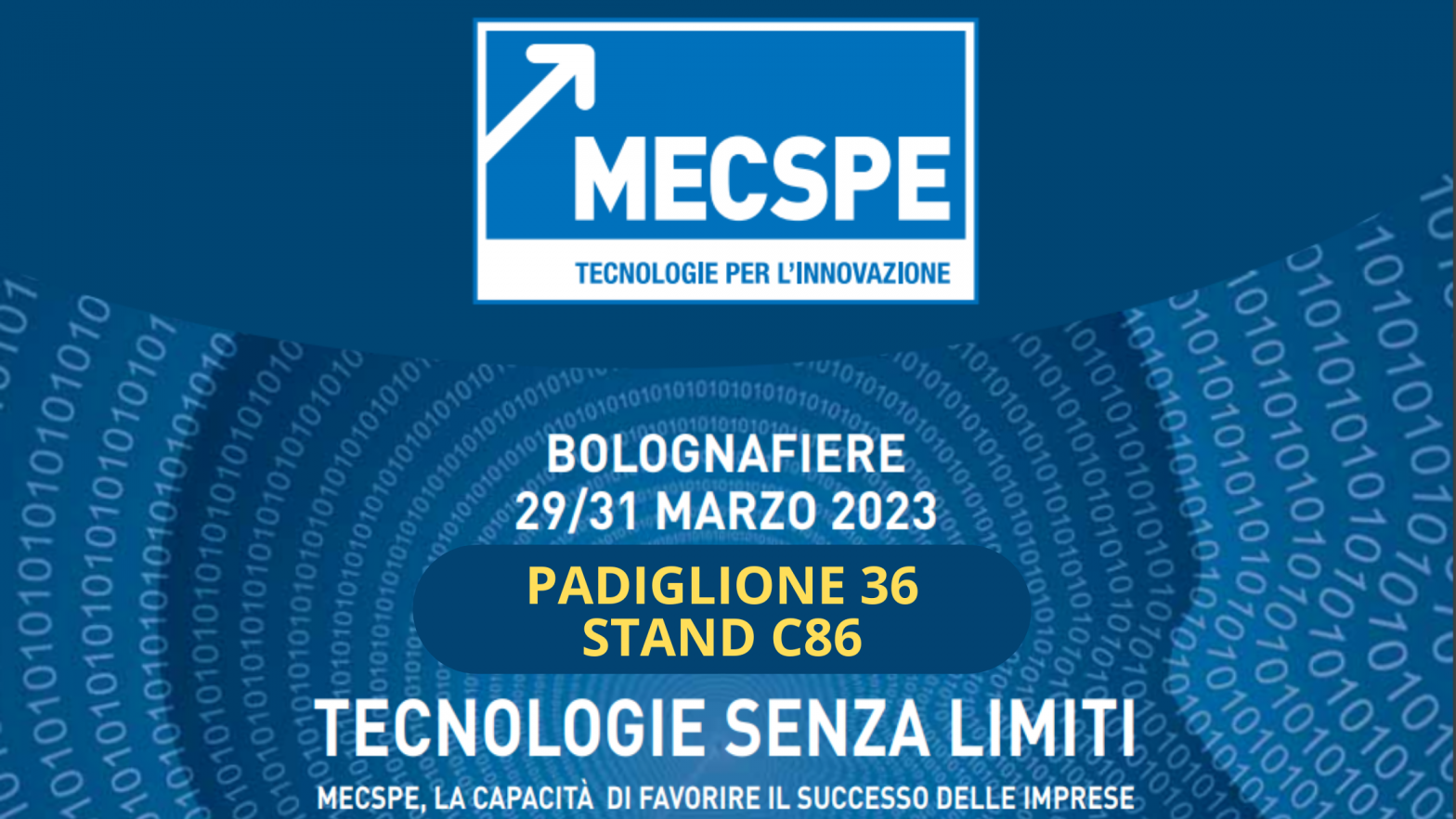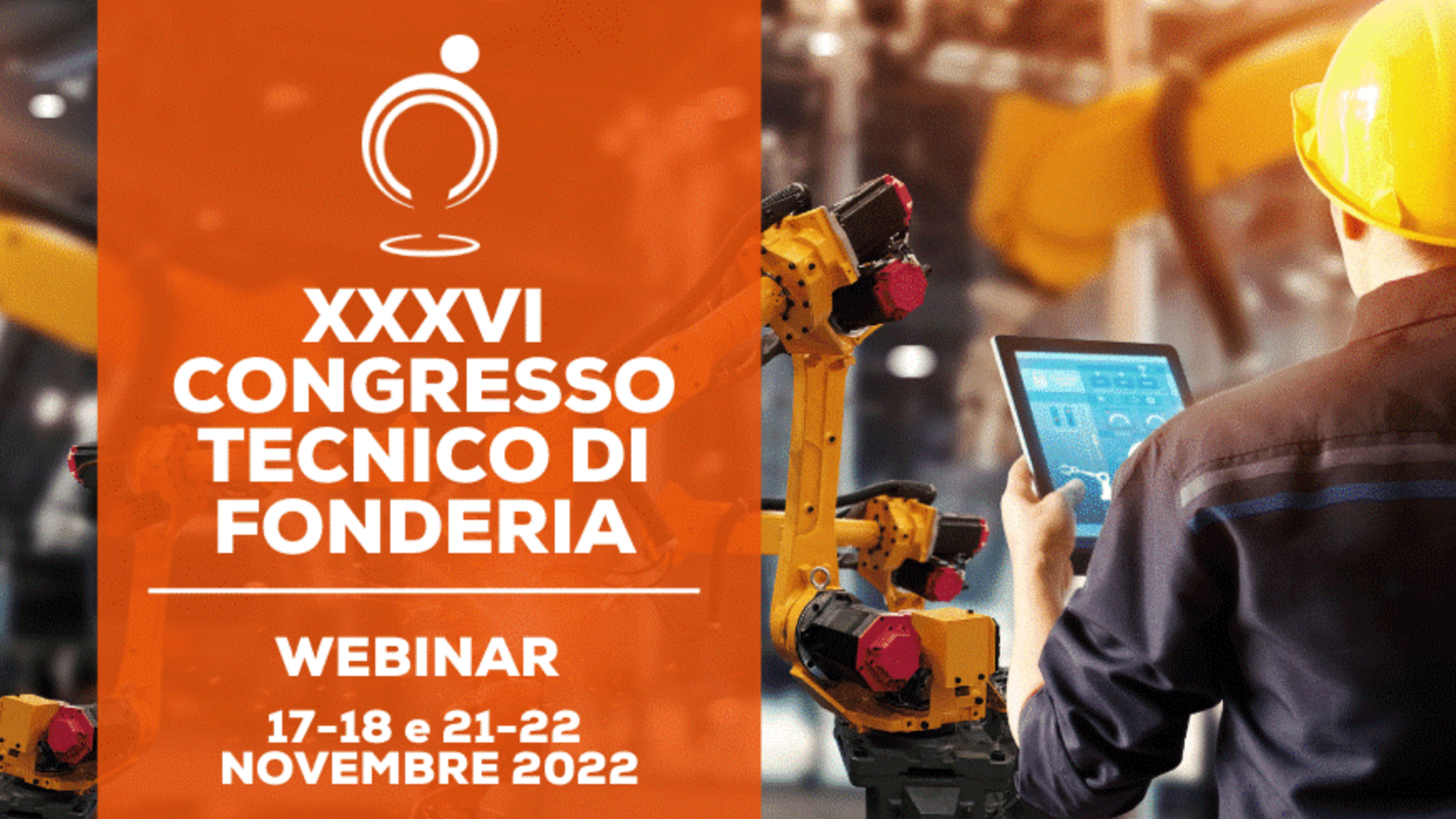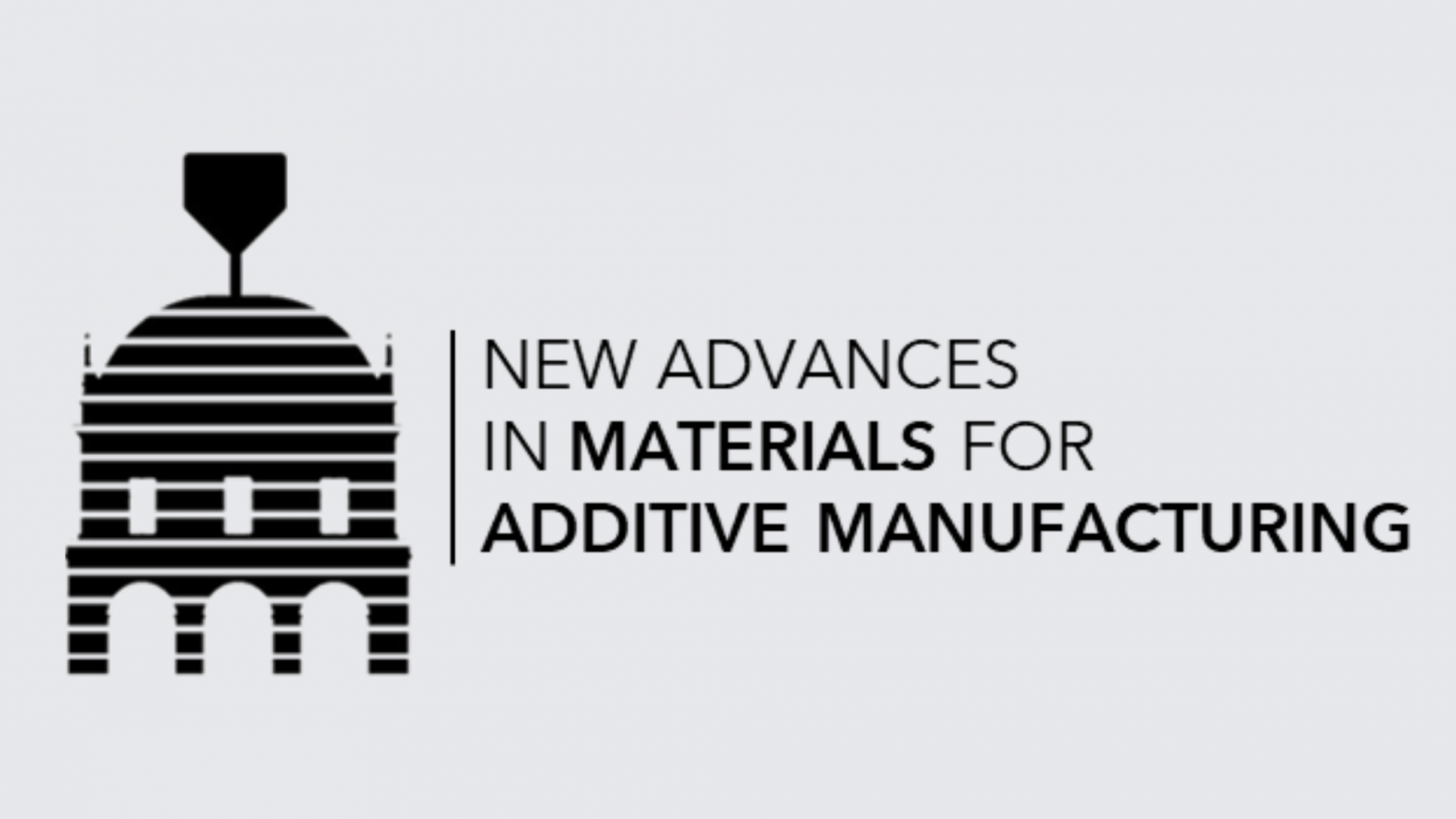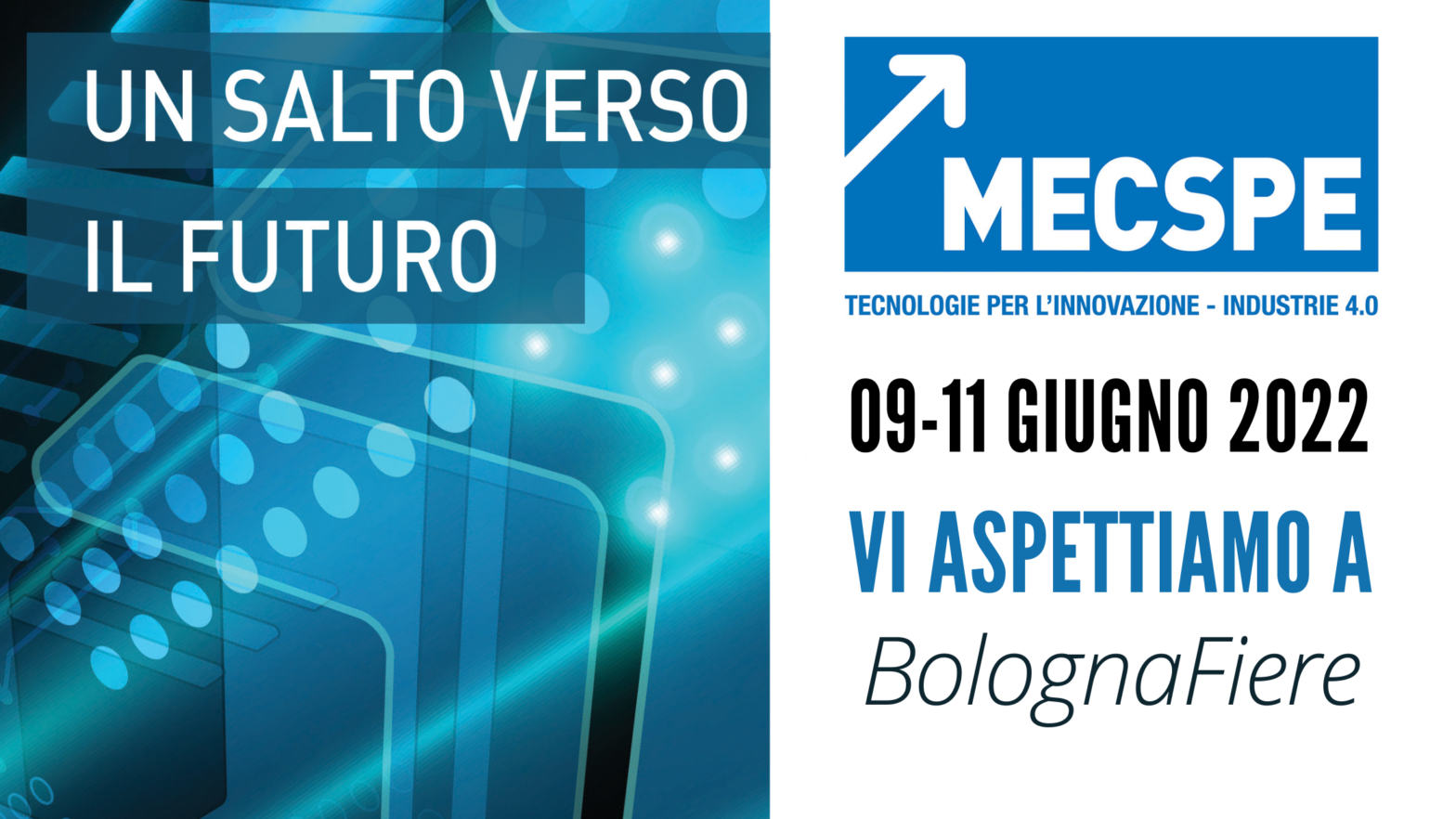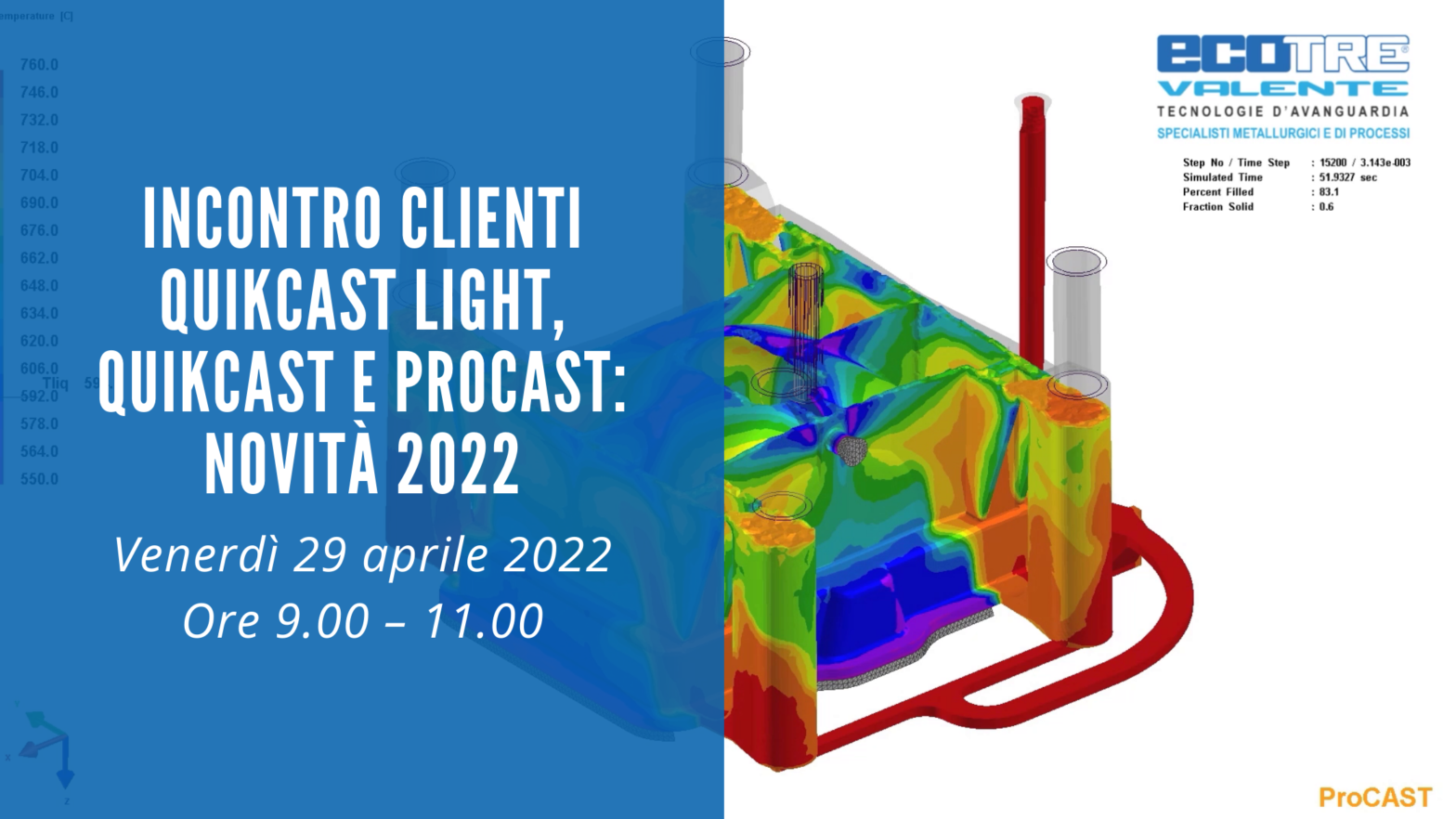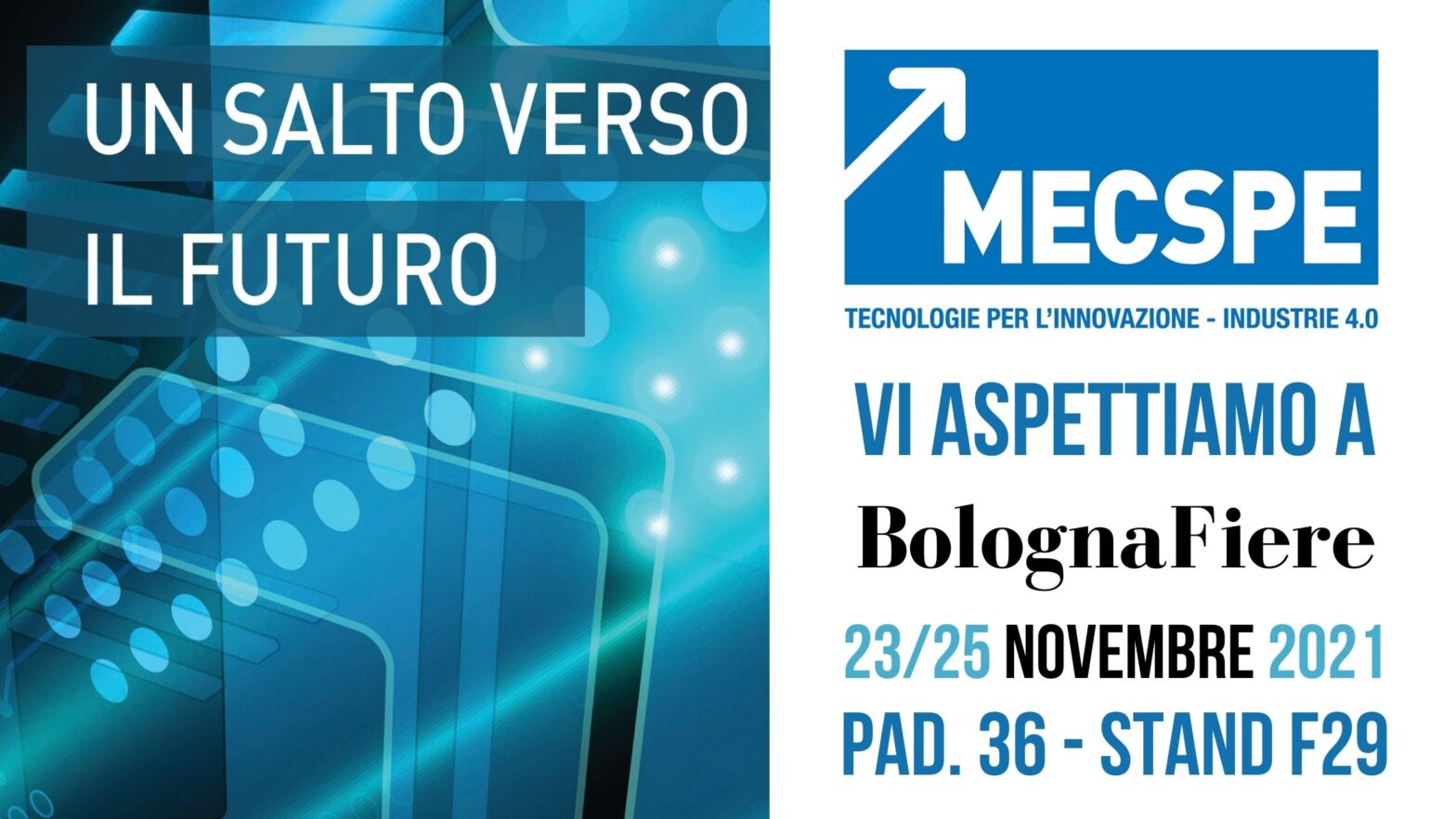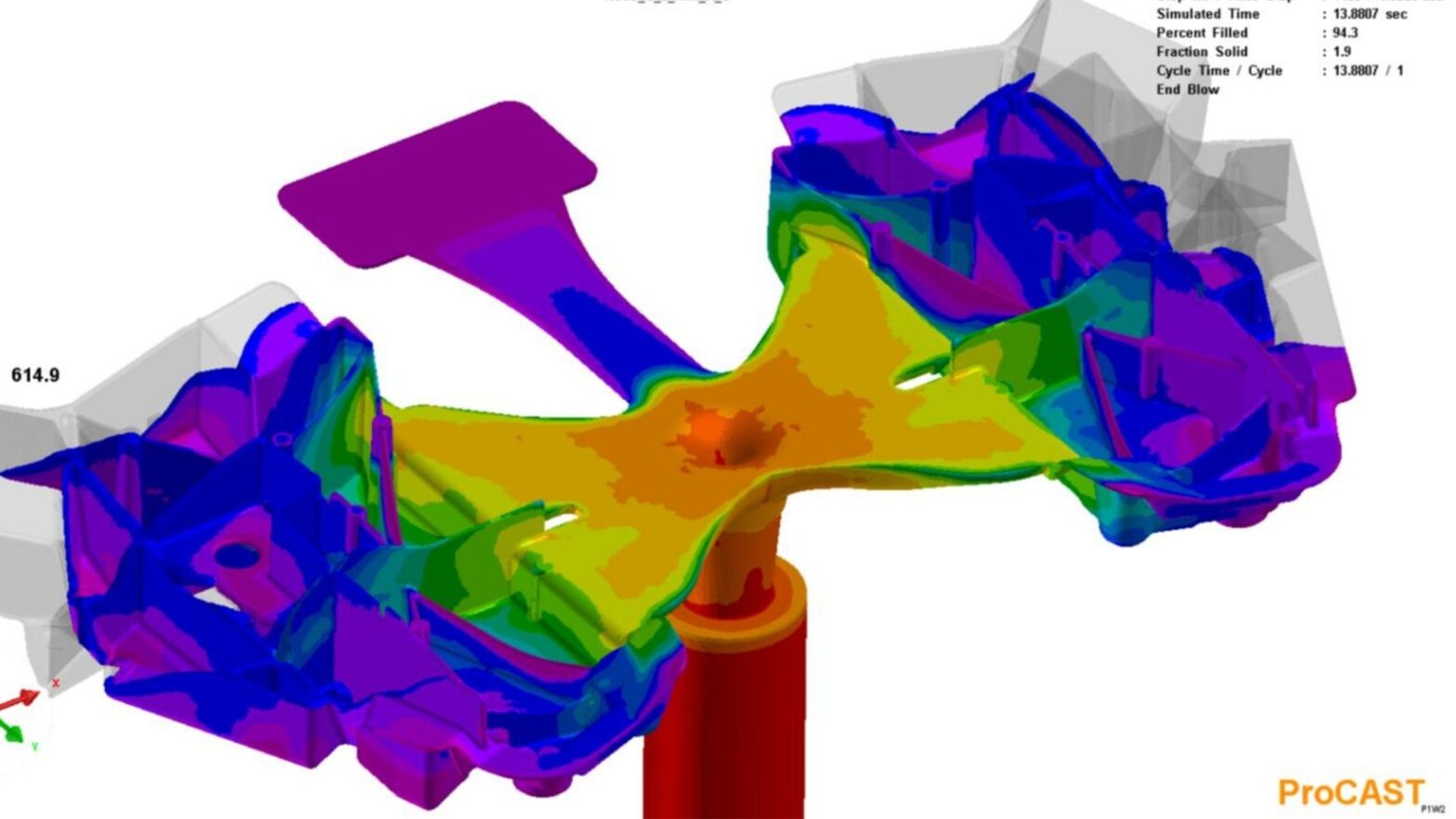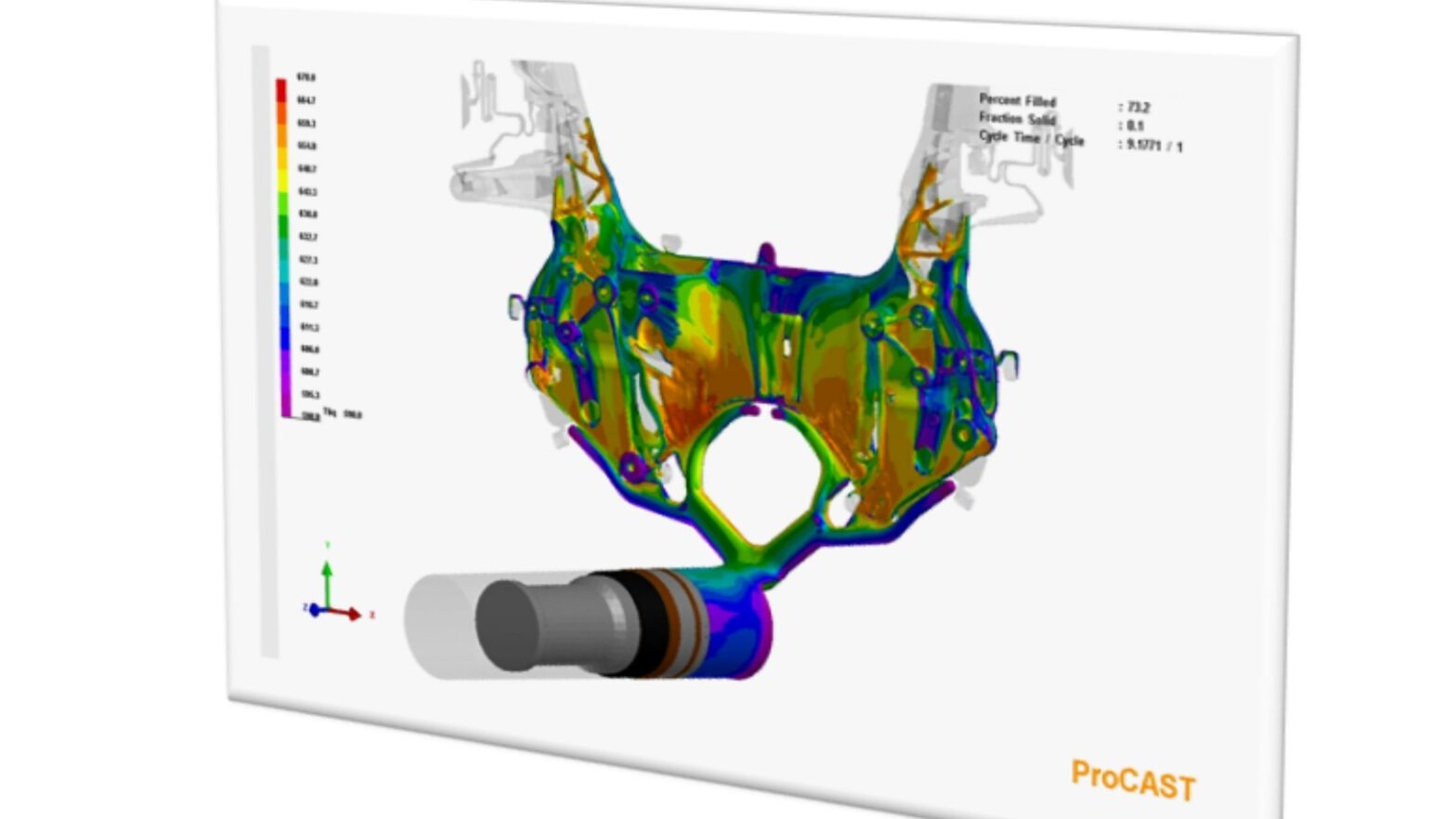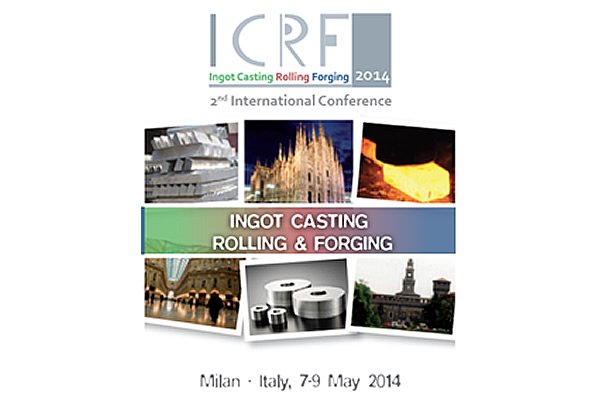Benefits with QuikCAST and ProCAST Software
- quality improvement
- optimization and saving in the design
- improvement of production
- enhanced precision
- flexibility of use
- reduction of calculation times
- reduction of production rejects
- saves money
Continuous Casting: What it is
Continuous casting is a process during which molten metal is poured into an open and oscillating mould called crucible to then run beyond it in a vertical, horizontal or curved direction. While running through the crucible, the liquid metal is continuously cooled and solidifying, starting from the outer crust, assuming the section of the crucible. The solidified product, whether bar, slab or shaped, is then straightened and cut and goes on to the subsequent processes, treatments and finishes.
Continuous casting is a process used for the production of large semi finished products in great quantities in a short time such as bars, profiles, slabs, belts and pipes in steel and non-ferrous metals such as copper, aluminum, brass and precious metals.
Continuous Casting Simulation: How it works
ProCAST simulates the complete continuous casting line, from the tundish, to the crystalliser, to secondary cooling.
ProCAST continuous casting simulation software provides a complete solution for the continuous and semi continuous casting process, including the Direct Chill (DC) casting simulation. The software can simulate the stationary status conditions, as well as the initial and final stages of the continuous casting process. The MiLE algorithm is also available to study the transient.
ProCAST also offers a unique function: the user functions that allow end users to program their own specific process requirements.
QuikCAST and ProCAST are a tool dedicated to production and are therefore simple to use. The technical operator, the quality department and the technical department will use simulation daily to address problems with the workpiece. The software guides the user step-by-step in importing geometries, selecting materials and setting process parameters. These tasks require little effort by personnel. The three softwares can also be used in parallel by the Research & Development department for new products.
Furthermore, thanks to the QuikCAST and ProCAST continuous casting simulation software programs, the best possible conditions can be met to obtain a healthy and virtually flawless product, in an initial stage for the development of the casting line and process and for assessing the quality of the final semi-finished product.
For the purchase, hire or a DEMO of the software or if you want to take advantage of a simulation service specially-made by our technical department, write or call us at +39 030 3365383
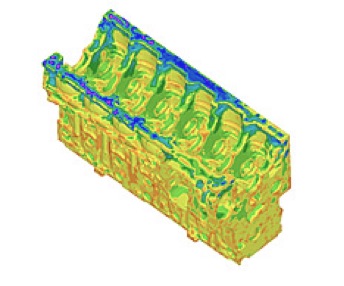
ELONGATION
The software can provide the elongation % map
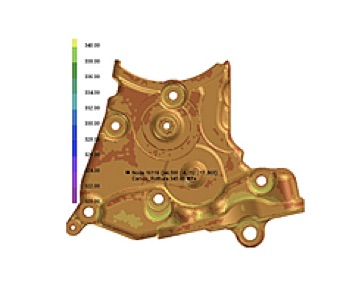
ULTIMATE TENSILE STRENGTH
The simulator provides the map of the Ultimate Tensile Strength of the Component “As Cast” and after Heat Treatment
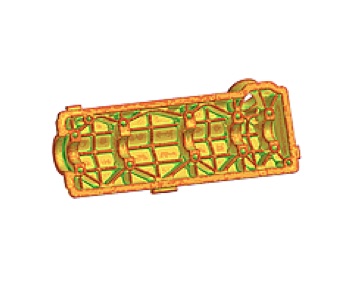
YIELD STRESS
The simulator provides the map of the Yield Stress of the Unfinished Component and after Heat Treatment
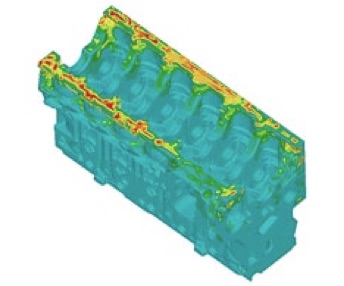
HARDNESS
The simulation can indicate the Hardness that can be obtained and its profile through its thickness
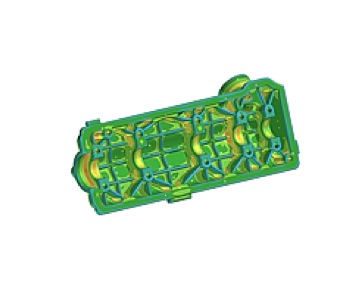
SDAS
The casting simulator shows the map of the SDAS (Secondary Dendrite Arm Spacing), a useful indicator of component performance
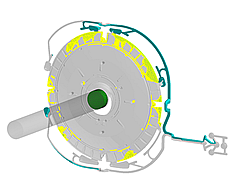
GAS POROSITY
Map of Porosity from Gas encapsulated during filling. Reduction of mechanical and bonding performance of the component
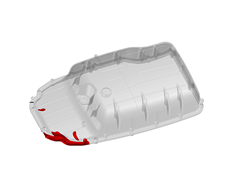
OXIDES
The alloy oxidizes during filling and the simulation points out where the oxides hide and where they move during filling
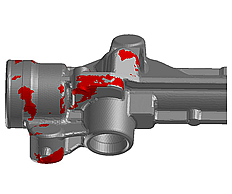
DELAMINATIONS
The simulator shows the delaminations, related to imperfect bonding of the alloy during filling
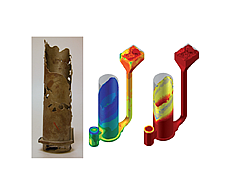
INCOMPLETENESS
Incomplete pieces or with joinings and retrieved lines
Undersized gating system or incorrect gas exhaust
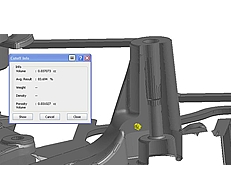
SHRINKAGE POROSITY
Map of Shrinkage Porosity.
Geography and Dimension of defect in mm3.

CRACKS
Map of hot and cold cracks on casting
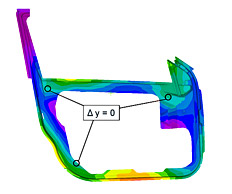
DIMENSIONAL
Dimensions and deformations of piece during solidification, extraction, cooling, blanking and any heat treatment
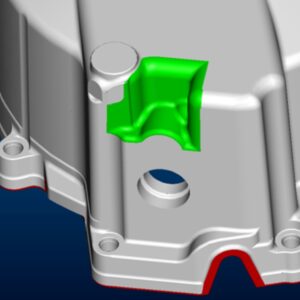
CO-DESIGN
Eliminate defects by acting on the causes and not on the effects
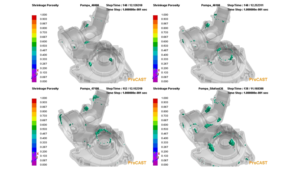
ALLOYS
Impact of the alloy on the mechanical features and on the defects
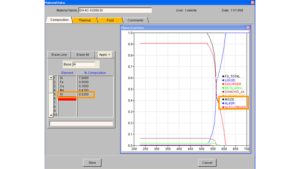
CHEMICAL ANALYSIS
QuikCAST Light, QuikCAST and ProCAST characterise the alloy initiating from the chemical analysis. Assessment, for example, of the consequences of the addition of 200 ppm of Strontium
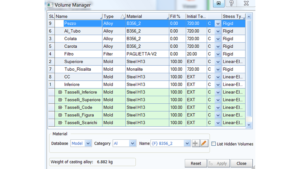
DATABASE
Complete archive of mould steels, sands, cores, insulation and exothermic sleeves, chillers, shells

DESCRIPTION
The simulation allows you to set a preview of the ideal process parameters for production of the component. This way the actual sampling underwent a positive result by eliminating fine tunings for the correct set of process parameters. Furthermore, the Optimizer Module of the software automatically defines the minimum and maximum ranges of the parameters guaranteeing the consistency and stability of the process.
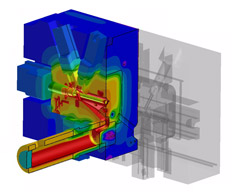
DIE
The casting simulation shows the thermal die cycling simulation, the conditioning or thermal circuits, lubrication, deformation and die duration
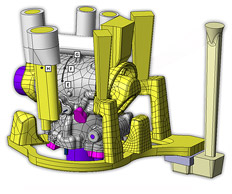
PLATE
Optimization of the plate, positioning of the chillers, sleeves, filters and die assembly of the cores. Maximum yield.
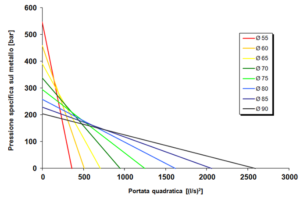
CASTING MACHINE
The casting simulation allows you to know the required casting machine and therefore the tonnes necessary
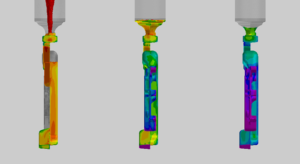
SYSTEM
Simulation of the entire injection cycle, complete with container, riser tube, tipping, automatic, manual system
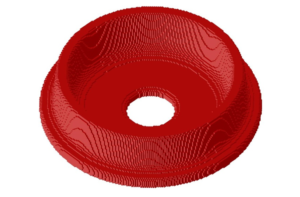
FINITE VOLUMES
The finite volumes or Finite Differences Technology is the introductory technology to casting simulation.
QuikCAST and QuikCAST Light

FINITE ELEMENTS
The Finite Elements Technology is the top technology that provides the maximum performance of the casting simulator.
ProCAST
